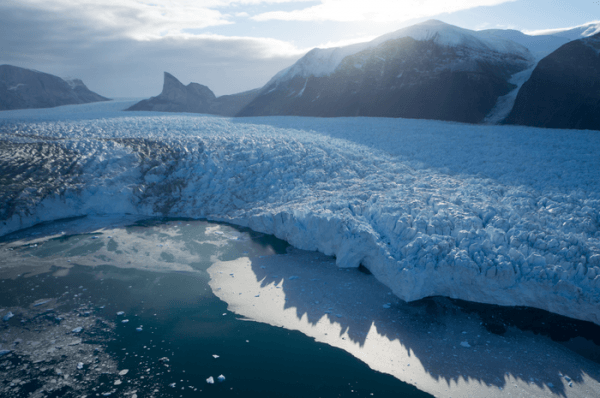It’s the front line of climate change and could hold the key to predicting global sea level rise, but what goes on at the underwater face of Greenland’s glaciers is a mystery to science.
That could change in 2023 with a bold new mission led by researchers at The University of Texas at Austin that will explore three of Greenland’s glaciers with a submersible robot. The voyage will be the first time Greenland’s glaciers — which make up the world’s second-largest ice sheet — will be seen up close underwater.
Engineered to survive ice-covered seas by project partner the Woods Hole Oceanographic Institution (WHOI), the remotely operated vehicle Nereid Under Ice (NUI) will brave icebergs and riptides to approach within feet of the glaciers and return with data and samples from their underwater environment.
The scientists’ primary focus is not glacial ice, but the natural sand walls — or moraines — that buttress the glaciers and are thought to naturally, but precariously, stabilize the ice sheet. What they learn will reveal what’s shoring up glaciers across the entire Greenland ice sheet, which could lead to more accurate model projections for future sea level rise.
Read more at The University of Texas at Austin
Image: The glacier Kangerlussuup Sermia where it flows into the sea in Greenland. The glacier is the focus of a new mission led by The University of Texas at Austin to explore the uncharted and unpredictable underwater face of Greenland's glaciers. (Credit: Denis Felikson)


